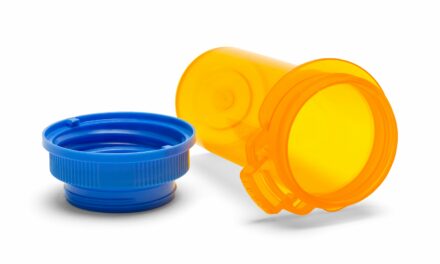The United States Food and Drug Administration has approved a new Inspire Medical Systems Inc physician programmer platform for Inspire Upper Airway Stimulation. The most significant enhancement associated with this approval is the new telemetry cable that enables Bluetooth connectivity to the programmer tablet.
“In addition to the recently announced approval for the Inspire two-incision procedure, the launch of our new physician programmer platform further demonstrates our long-term commitment to patients through Inspire’s continued investment in our innovative technologies,” says Tim Herbert, president and CEO of Inspire Medical Systems, in a release. “The new Inspire physician programmer platform provides multiple key benefits for physicians when managing their patients’ sleep apnea treatment with Inspire therapy.”
[RELATED: Why I Choose Neurostimulators for Some of My Sleep Apnea Patients]
The new platform provides four key enhancements over the existing product.
- The new design incorporates guided workflows, which direct clinicians step-by-step through the patient management process from initial Inspire activation, to titration sleep studies, and all the way through long-term patient follow-up visits.
- A new programmer cable has been introduced that provides additional flexibility, comfort, and ease of use with a new night-mode that utilizes IR illumination for sleep studies, significantly improved telemetry range, comprehensive user feedback, as well as incorporating new on-cable controls.
- The platform interfaces with Inspire Cloud and supports the upload of patient reports for longitudinal patient management and further expands the Inspire digital ecosystem.
- The new Inspire physician programmer is the foundation for Inspire’s physician platform of the future. The programmer cable is field-upgradable to support future products, such as the development-stage Inspire V neurostimulator. This new platform also supports further Inspire Cloud integration, providing for potential remote programming, which is also currently under development effort.




